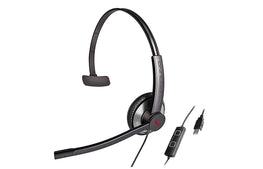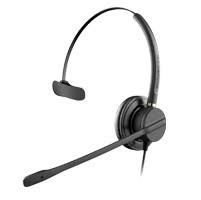
Sight and sound: How Dragon Medical can assist ophthalmologists
Eye care represents some of the most delicate medical work the Australian health system provides. Not only is this care vital for maintaining quality of life for patients, it requires medical specialists with the skills to balance their heavy and varied responsibilities.
Performing this work calls for more than just the skills of an ophthalmologist though, as these professionals also require specialised tools and support to help them save time throughout their day.
Dragon Medical is one such piece of software, as it's capable of reducing the time ophthalmologists need to spend physically write notes. The latest edition offers an even deeper level of functionality for medical professionals.
To help ophthalmologists get the most from this technology, here's a video demonstrating Dragon Medical with an Opthamology vocabulary dictating directly into Genie, as well as breakdown of the benefits available to busy medical professionals.
Managing a high patient volume
While every medical professional will be used to manage a range of patients in a given day, ophthalmologists often deal with a higher than average patient load with considerable variation in the acuity of their condition.
This was underscored by research published in the Journal of the Society for Healthcare Improvement Professionals. The study emphasised that the main issues affecting the performance of ophthalmologists were around patient management, with clinics handling a large volume of patients with considerable variation in the severity of their conditions.
Although the study focused on a clinical setting, it also cited how frequently ophthalmologists consult with other medical professionals and see cases referred directly from an emergency room.
To prevent delays in a clinic, ophthalmologists need to keep down time to a minimum. Using Dragon Medical to reduce the time spent typing patient notes and similar documentation can meet this need and help to reduce delays in patient care.
Accurate patient records
Likewise, ophthalmologists need to rely on accuracy in order to ensure their performance remains at its peak. While ED referrals form a major source of referrals, many more are long-term patients with conditions that have developed over time.
This was highlighted by figures from the Australian Institute of Health and Welfare, which reported that 10 million Australians are currently living with a long-term eye condition. While most of these are relatively mild like long- and short-sightedness, more serious conditions like cataracts, glaucoma and macular degeneration all call for a comprehensive treatment plan.
In this situation, access to highly accurate patient notes that span the full length of their care is essential. Voice recognition software can help here, providing a platform for composing patient notes that ensure a consistent standard of care.
Given the complex nature of eye care and the demands of a high patient volume, ophthalmologists require dedicated support services that can ensure they are saving time while improving the level of care patients receive.






